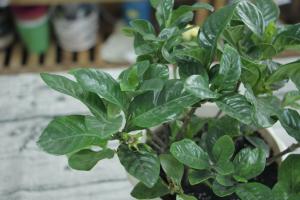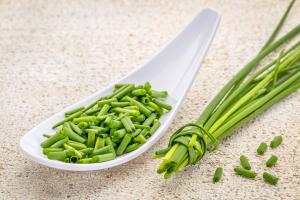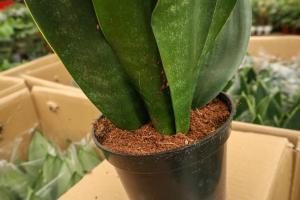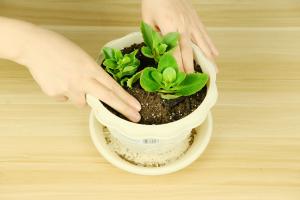How Long Can Plants Stay in Pots
Many people enjoy having houseplants, but not everyone has the space for a large garden. Potted plants are a great way to bring greenery into your home without taking up too much space. However, it's important to know how long plants can stay in pots before they need to be repotted or moved into the ground. In this article, we'll take a closer look at the lifespan of potted plants and how to keep them healthy and thriving.
Factors That Affect the Lifespan of Potted Plants
The lifespan of potted plants depends on a variety of factors, including their species, size, and growing conditions. Some plants can stay in their containers for years, while others may only last a few months. Generally, younger plants can stay in pots longer than mature plants, as they have smaller root systems and require less space.
The size of the container is also an important factor. If a plant's container is too small, their root system may become overcrowded and the plant may suffer. Conversely, if the container is too large, the soil may not dry out properly, leading to root rot and other problems.
Growing conditions, such as sunlight, water, and nutrients, also play a role. Plants that receive adequate light and water are more likely to thrive in their containers for longer periods of time. In addition, using the right type of soil and fertilizers can help keep potted plants healthy and extend their lifespan.
Signs that Your Plant Needs to be Repotted
Even if you provide optimal growing conditions for your potted plants, they will eventually outgrow their containers and need to be repotted. Here are some signs that your plant may be in need of a new home:
The plant is becoming top-heavy and tipping over on its own
The roots are growing out of the drainage holes in the container
The soil dries out more quickly than usual
The plant is not growing, despite adequate water and sunlight
There is a buildup of minerals or salts on top of the soil or around the drainage holes
If you notice any of these signs, it's time to repot your plant.
How to Repot Your Plants
Repotting your plants is a relatively simple process, but it's important to do it correctly to avoid damaging the plant's delicate roots. Here are the steps to follow when repotting a plant:
Choose a pot that is slightly larger than the plant's current container
Fill the bottom of the new container with fresh soil
Carefully remove the plant from its current container, being careful not to damage the roots
Place the plant in the new container, making sure that the roots are covered with soil
Water the plant thoroughly, making sure that the soil is evenly moist
After repotting, it's important to gradually acclimate your plant to its new container. Start by placing the plant in a shady area for a few days, gradually increasing the amount of sunlight it receives until it's in its normal growing location.
Conclusion
Potted plants are a great way to bring greenery into your home or office. Understanding how long plants can stay in pots and when they need to be repotted is key to keeping them healthy and thriving. By providing adequate growing conditions and repotting when necessary, you can enjoy your potted plants for years to come.

 how many times do yo...
how many times do yo... how many planted tre...
how many planted tre... how many pine trees ...
how many pine trees ... how many pecan trees...
how many pecan trees... how many plants comp...
how many plants comp... how many plants can ...
how many plants can ... how many plants and ...
how many plants and ... how many pepper plan...
how many pepper plan...
































